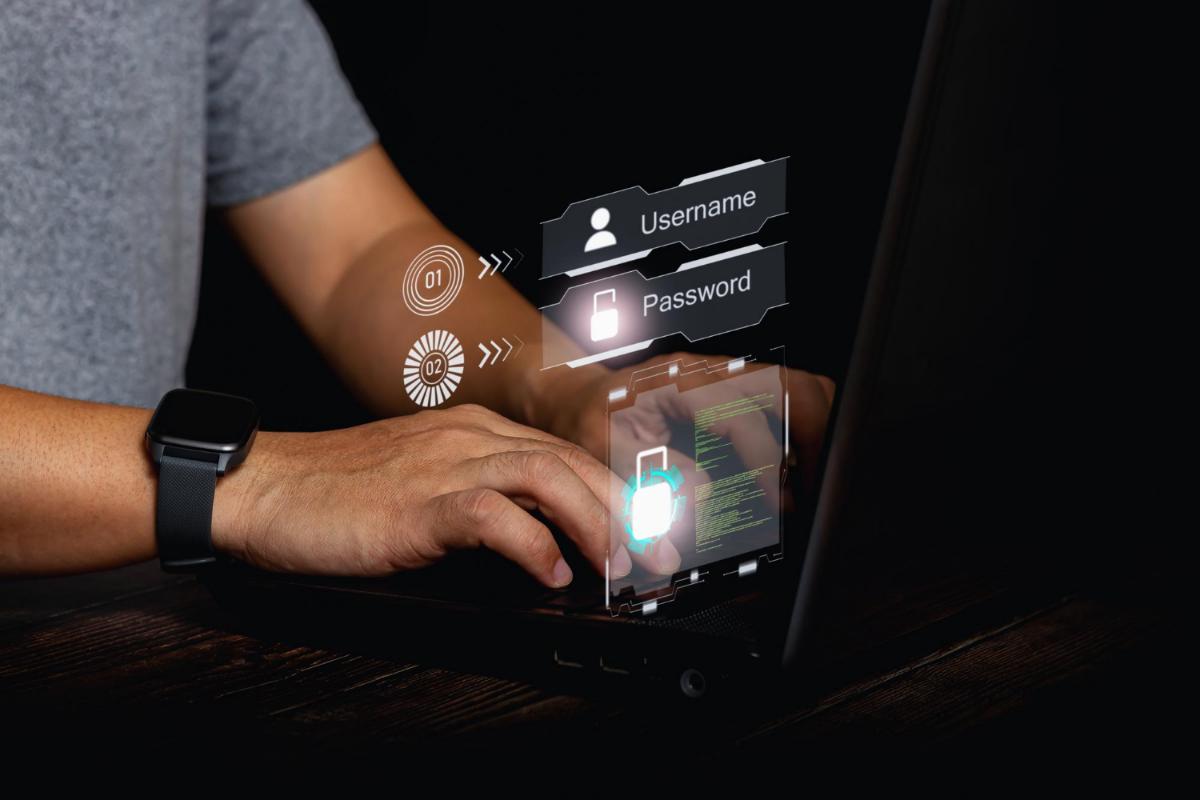Access Control Advantages

Technological solutions for entry control have many advantages, like enhanced security, easy use, and customization options. Due to these advantages, a wide range of high-tech electronic and online solutions and visitor management software is available to be tailored to the precise needs of each gated community.
Security:
Any electronic automatic access control system eradicates the need for human security officers. This connects a user directly to a security system and makes intermediaries unnecessary. As a result, the system is safer and more secure, with fewer individuals in between a user and access to a living space.
If a user misplaces their phone, the solution provider can be informed and they can instantly disable the electronic key because the information is kept on the cloud, not only locally on a user's phone. The provider can then restore admission with altered credentials.
Cloud-based entry control systems automatically hold detailed logs of a user's activity. This includes who has the master key, how many shared keys were administered, for what dates and times, and each access activity. These records can be used to track and identify entry activity of interest in case of a safety incident. In addition, real-time records are also rendered in some solutions for the keeper of the master key to monitor the movement of shared keys in real time.
Software-based electronic entry systems are completely or partly cloud-based. This makes them weak to hackers, but they are reinforced by several firewalls and powerful mobile security features that make them nearly impossible to hack. Security updates and patches are also pushed to users' phones so their access is always protected with the latest security updates.
Health safety:
Communities need protection on the health front as well. Contact-free entry systems make entering and leaving the community safer because they are done via mobile devices and do not require handling a keypad or interacting with guards. Many companies provide virtual guard services when communities prefer residents to be cleared by human guards. A live guard evaluates and clears residents and guests for entry through a security kiosk. The guard glimpses the visitor through a video camera and the user is asked to scan a license at the kiosk for access.
Some security solutions offer automatic body temperature scans. Anybody acquiring entry passes through a facial recognition system and temperature scan. Anyone with a fever can be tracked. This is particularly useful in buildings with high entry and exit traffic volumes.
Convenience:
Distributed access is one of the features of an electronic access control system. Users manage entry permissions on numerous devices like mobile devices, laptops, or virtual digital assistants.
Some communities may not want to incur the additional cost of revamping their access control systems, which utilize clickers, fobs, or key codes. In such circumstances, a software solution can be mounted on the existing system so users who choose to use their smartphone can do so while the other users can resume with the older system.
A single key can be utilized to access numerous entries within the community. Apart from the primary entrance, this can include pools, gyms, and additional common areas.
All the latest entry control solutions remain compatible with the newest mobile operating systems, so their function has no technical glitches.
Easily available tech support and communication inform residents of features and how to use them. This is true during induction and continues afterward.
These are some advantages of access control. Contact us today to learn more about our visitor management software. We want to make your community safer.